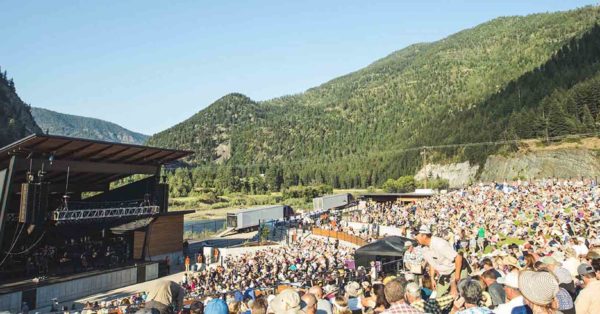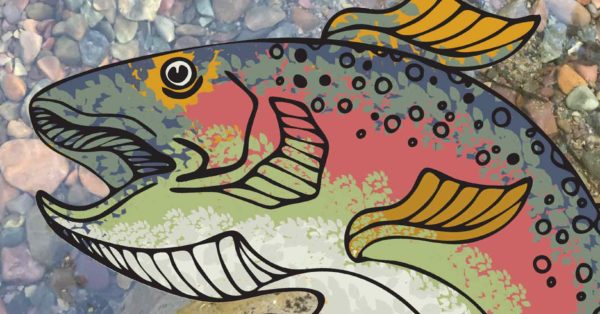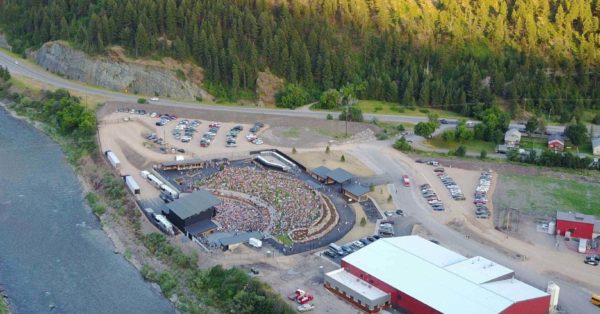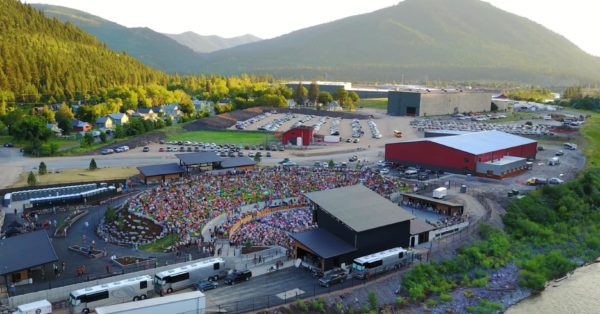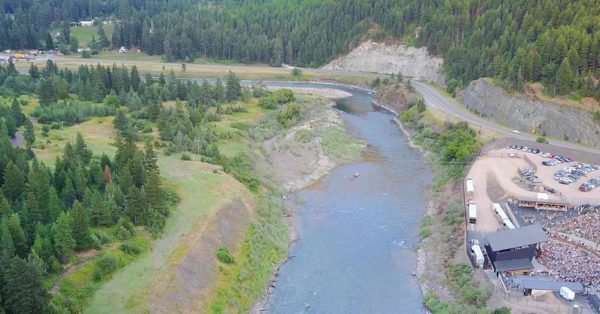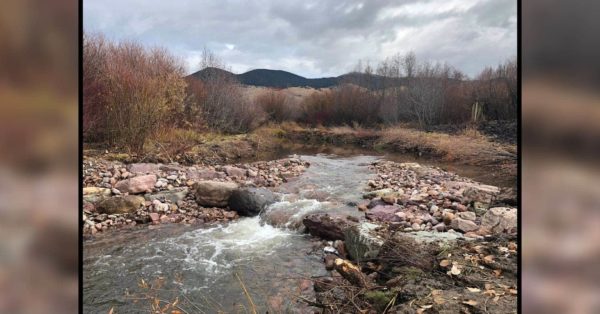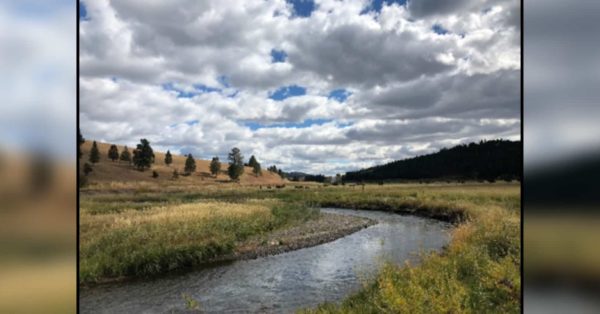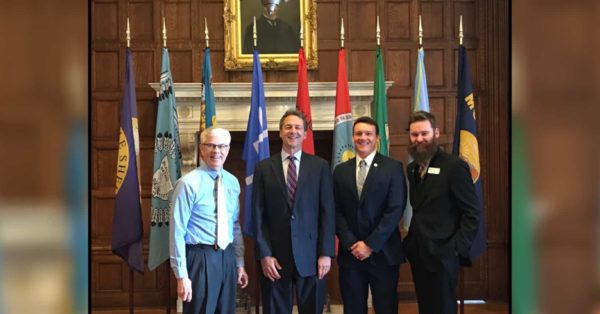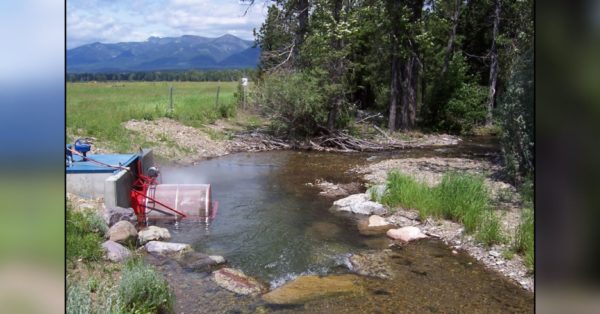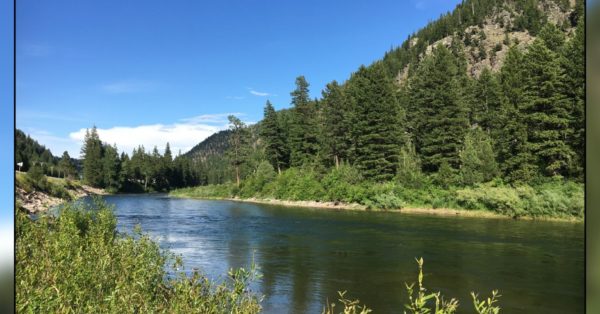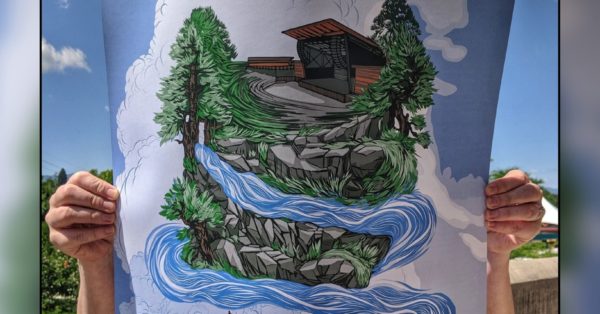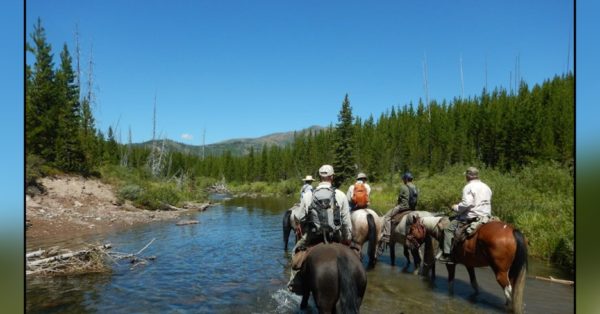
Blackfoot River Fund Update: The Roads to Recreation and Trout Migration
As the summer continues, so does Montana Trout Unlimited’s efforts to improve conditions of river habitat and the areas around it.
Lately, the Big Blackfoot Chapter of Trout Unlimited has been using the Blackfoot River Fund to maintain and restore roads that lead to recreation areas along the Blackfoot River. When these roads break down over time, it can cause problems for spawning habitat in nearby streams.
Ryen Neudecker, Restoration Coordinator of the BBCTU, gave us an in depth look at the work their doing around Copper Creek to keep a proper balance between recreation accessibility and healthy fish habitat.
Ninety-Mile Migrations and A New Road
Native westslope cutthroat and bull trout come to the Copper Creek tributary of the Blackfoot River for the cold, clean water. Copper Creek is especially attractive to spawning trout because groundwater wells up into the stream through gravel beds in many places. This groundwater permeates trout spawning nests (redds) and keeps their incubating eggs well oxygenated and free of silt. The great trout habitat in Copper Creek is probably why a westslope cutthroat wearing a Montana Fish, Wildlife and Parks tag swam over ninety miles to get there recently.
People also migrate to Copper Creek because of its recreational values. It’s a great, year-round gateway to hiking, horseback riding and snowmobile routes. The balance between human use and trout habitat is critical. Roads to recreation can cause problems for trout, especially spawning habitat if those roads are too close to stream banks. The Blackfoot River Fund is helping the Big Blackfoot chapter of Trout Unlimited (BBCTU) and US Forest Service make sure we maintain and restore the right balance in Copper Creek.
Copper Creek is one tributary that makes the Blackfoot home to these two iconic trout species. These fish have been called “canaries in the coal mine” as they are indicators of cold, clean water, which they rely on to thrive and if not available in a stream, they won’t live there. Thanks to a cumulative thirty-plus-year effort, these fish have made an impressive recovery and are living throughout the Blackfoot watershed.
Trout water is also appealing to people. It’s arrestingly clear, typically with river beds that shine from the spectrum of rocks lining them. When those colorful rocks get covered in too much sediment, it spoils both the view and the trout habitat. Native trout, like bull trout and westslope cutthroat trout are very sensitive to sediment in streams. Sediment, or the fine silts that can muddy the waters, hinders the life cycles of trout by disrupting feeding patterns, migrations and aquatic insect production, a critical food source. Sediment can also smother trout eggs incubating in their nests of clean gravel. We are helping to prevent that in Copper Creek.
A segment of road paralleled Copper Creek just upstream of the bull trout spawning area and during a high-water event, the river chewed into the bank and threatened to wash out the road. Due to a lack of floodplain with thriving shrubs and trees to hold the banks together, a large plug of sediment washed into the stream creating a lot of disturbance for trout and their critical spawning beds. In addition to this event, this stretch of road had also been a chronic source of sediment from the runoff draining from the road system.
Knowing the issue this road was creating for native trout and other aquatic life living in Copper Creek, and with help from several federal, state and private funding sources, the Forest Service developed a plan to reroute the road system. The project involved rebuilding almost one-mile of road away from the streamside zone, uphill where drainage would be improved and not impact Copper Creek. The historic road that traveled along Copper Creek was de-compacted using an excavator, which created a loosened surface that will allow water to infiltrate and create spaces for native trees and plants to take root. The road fill was pulled back to eliminate encroachment from the old road and allow a floodplain to naturally be revived.
BBCTU and the USFS have worked together over the past decade on many different projects benefitting native trout by improving instream and riparian habitats. By working collaboratively, we can hire local contractors to complete the projects and can be more efficient with both time and funding sources and make sure that more money goes “on the ground”. Every project we complete increases trout habitat and tree by tree, riffle by riffle, floodplain by floodplain, we are doing all we can to build the best habitat available. This work is all about partnerships and we applaud the efforts of the Lewis and Clark National Forest, US Fish and Wildlife Service, Montana Fish, Wildlife & Parks, Montana Trout Unlimited and Logjam Presents. Thanks to this collaborative effort we were able to complete another important project and ensure that into the future, native trout will want to swim over ninety-miles to lay their eggs in this important stream.
— Written by David Brooks
Before photo of erosion problems with a road alongside Copper Creek.

After photo of the new road relocated well outside of the floodplain.

Did you know that Logjam and the rest of the Montana concert community continues to raise money for the Blackfoot River Fund?
$1 from every ticket sold to a concert at KettleHouse Amphitheater will be donated to the Blackfoot River Fund, so that MTU can continue to protect and conserve the beautiful Blackfoot River!
Check out the full KettleHouse Amphitheater concert lineup here.

